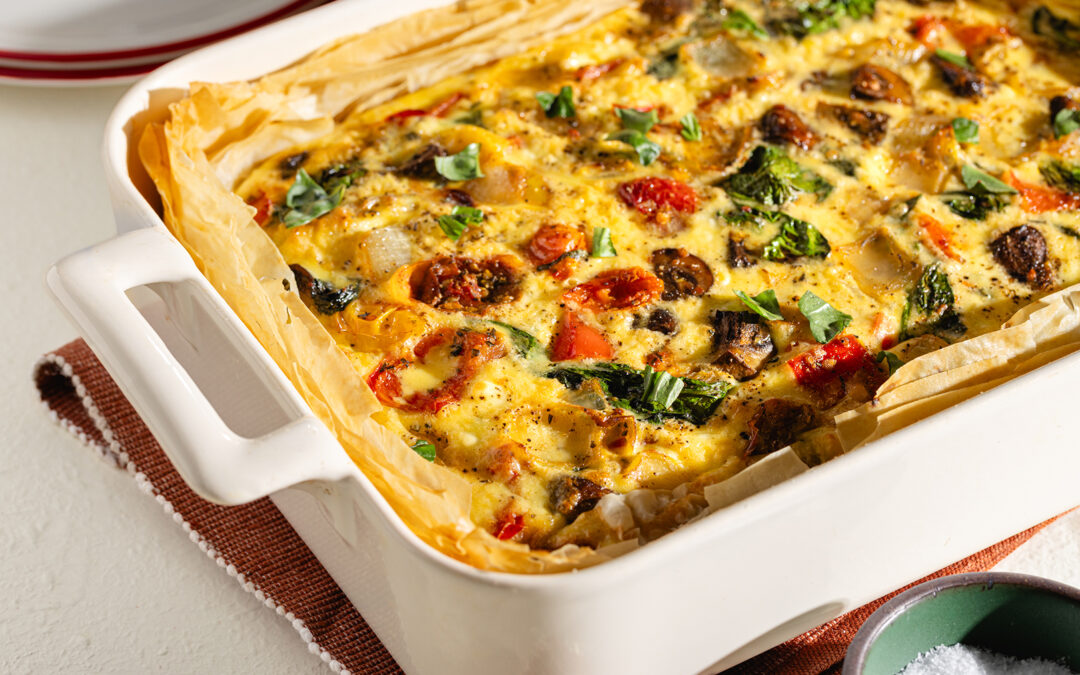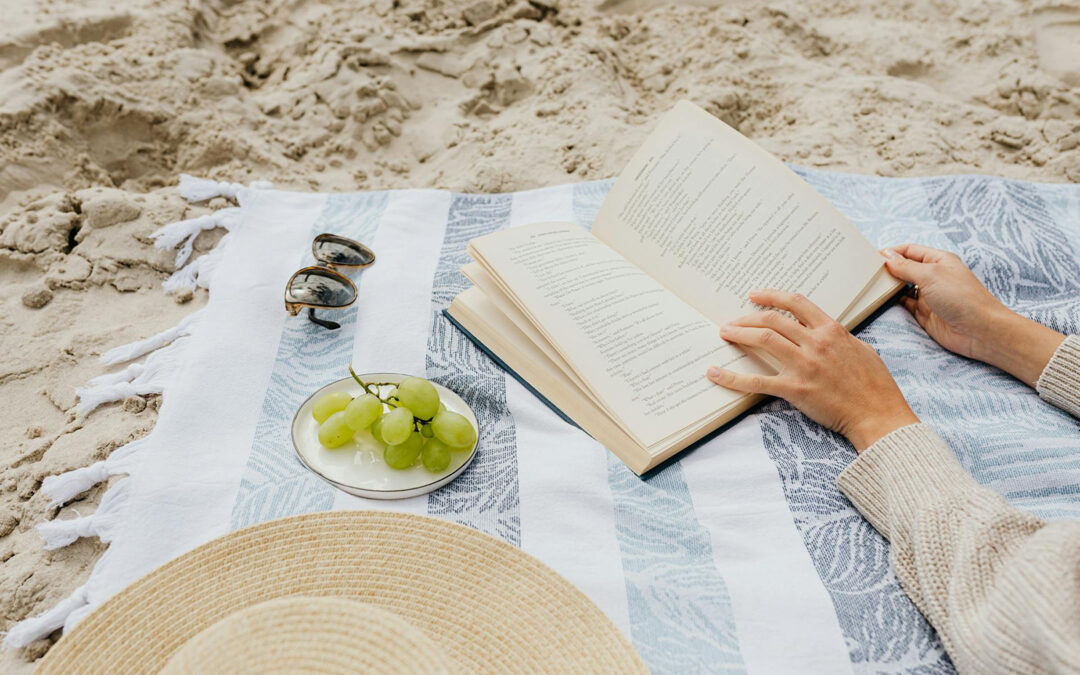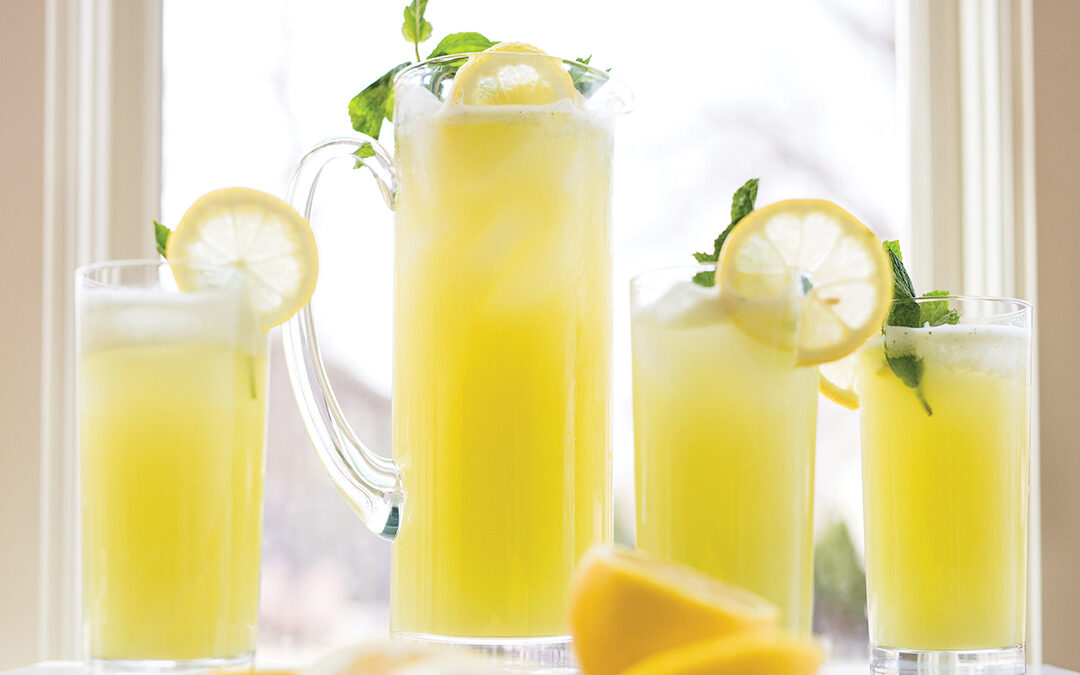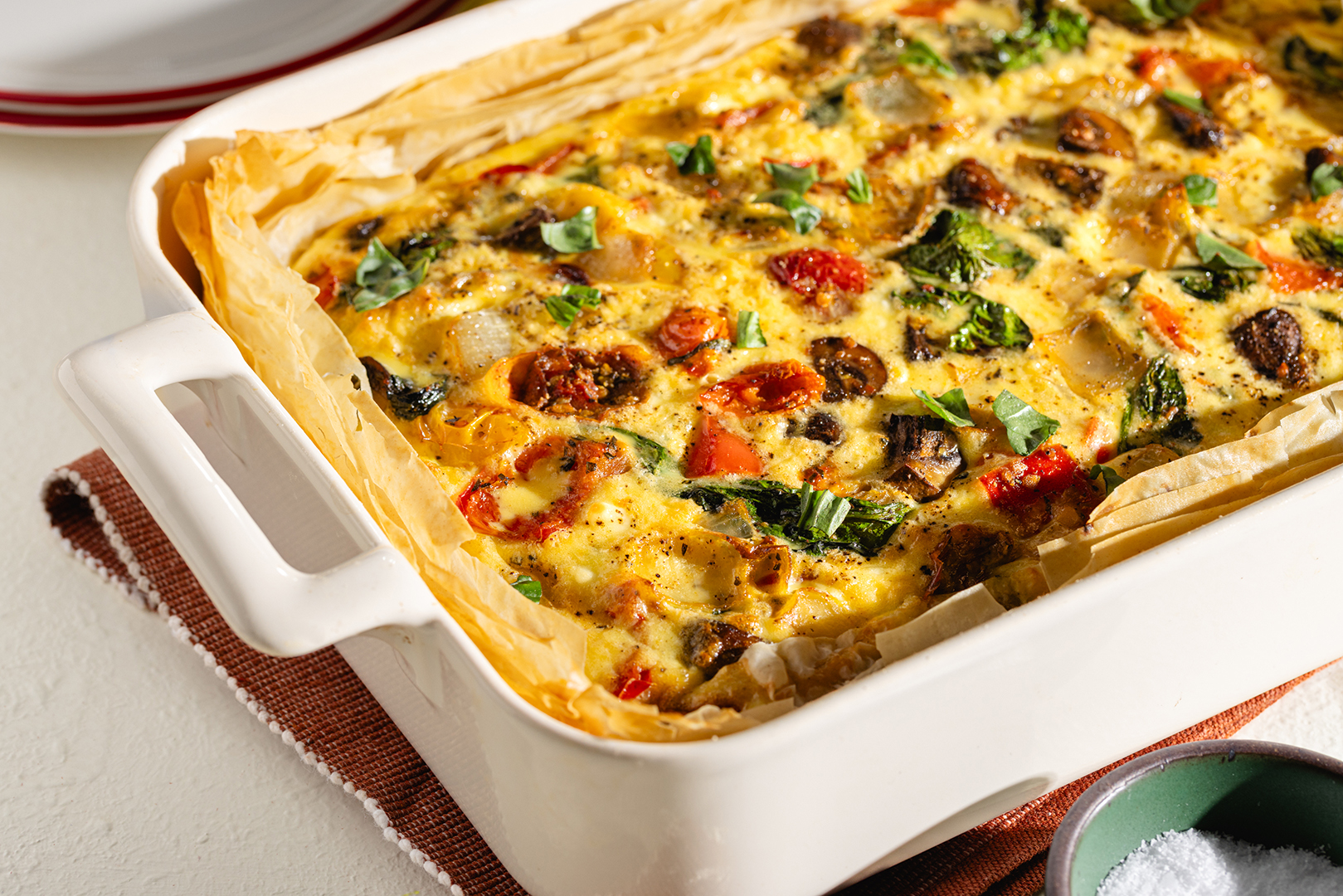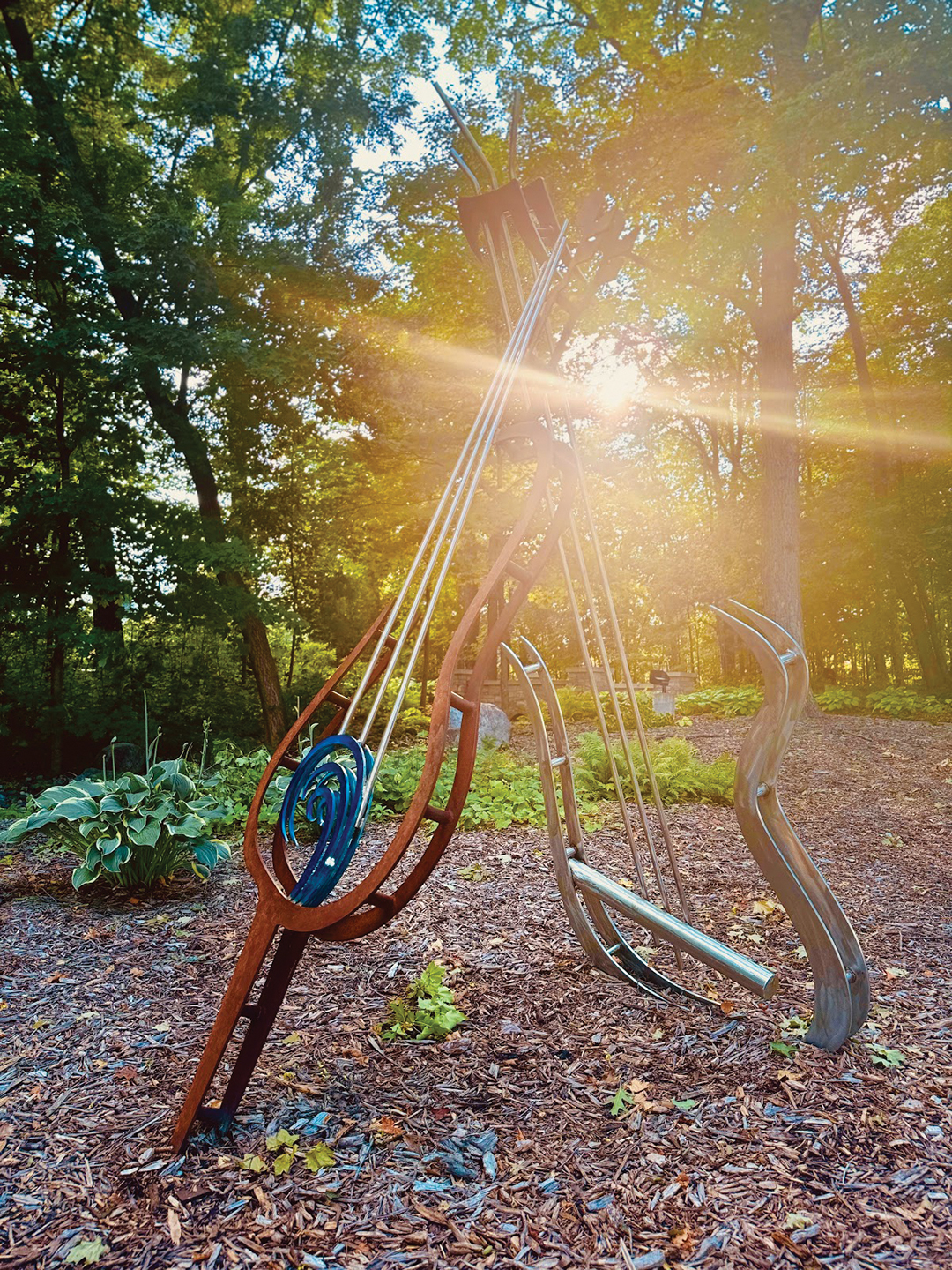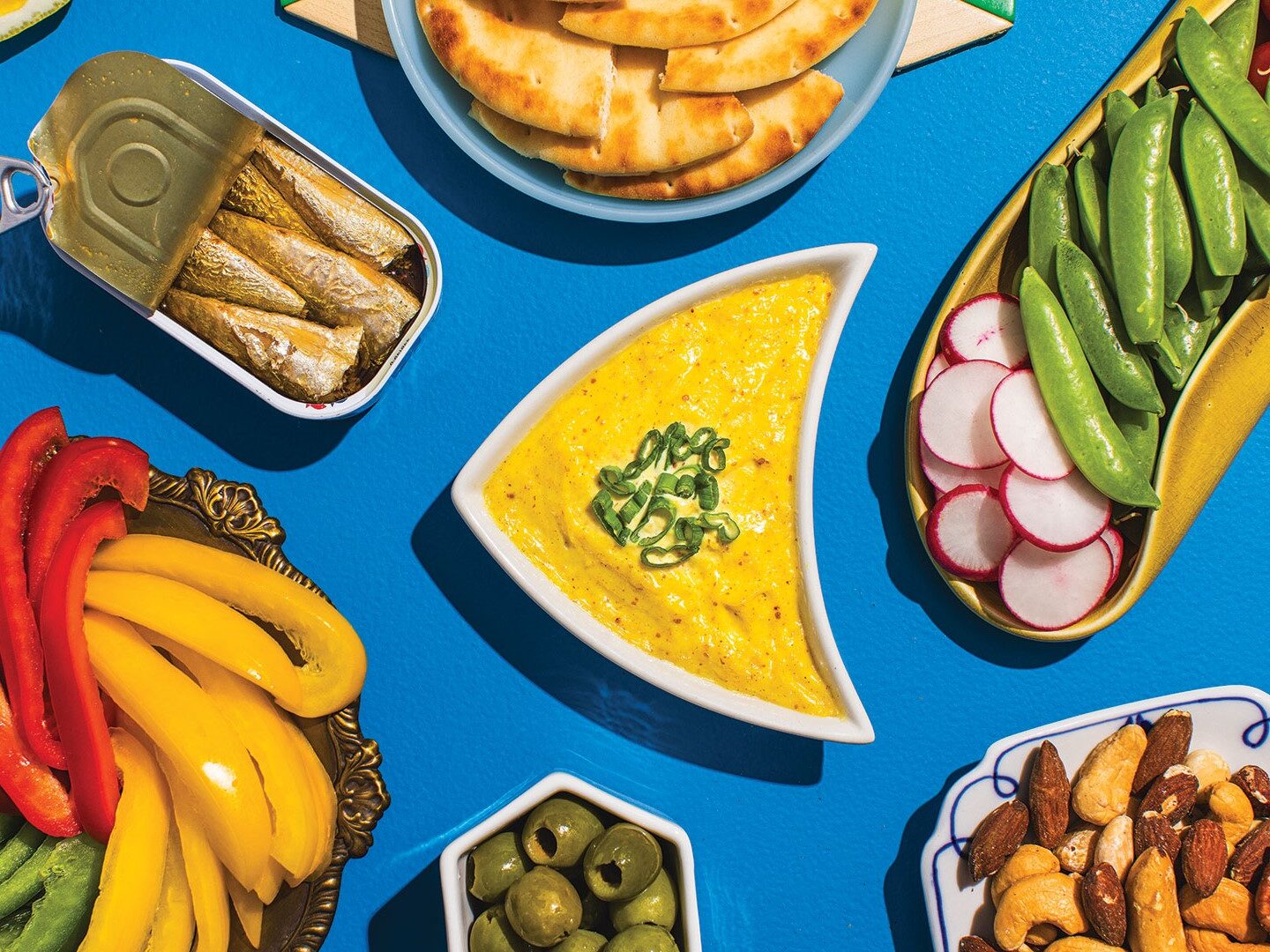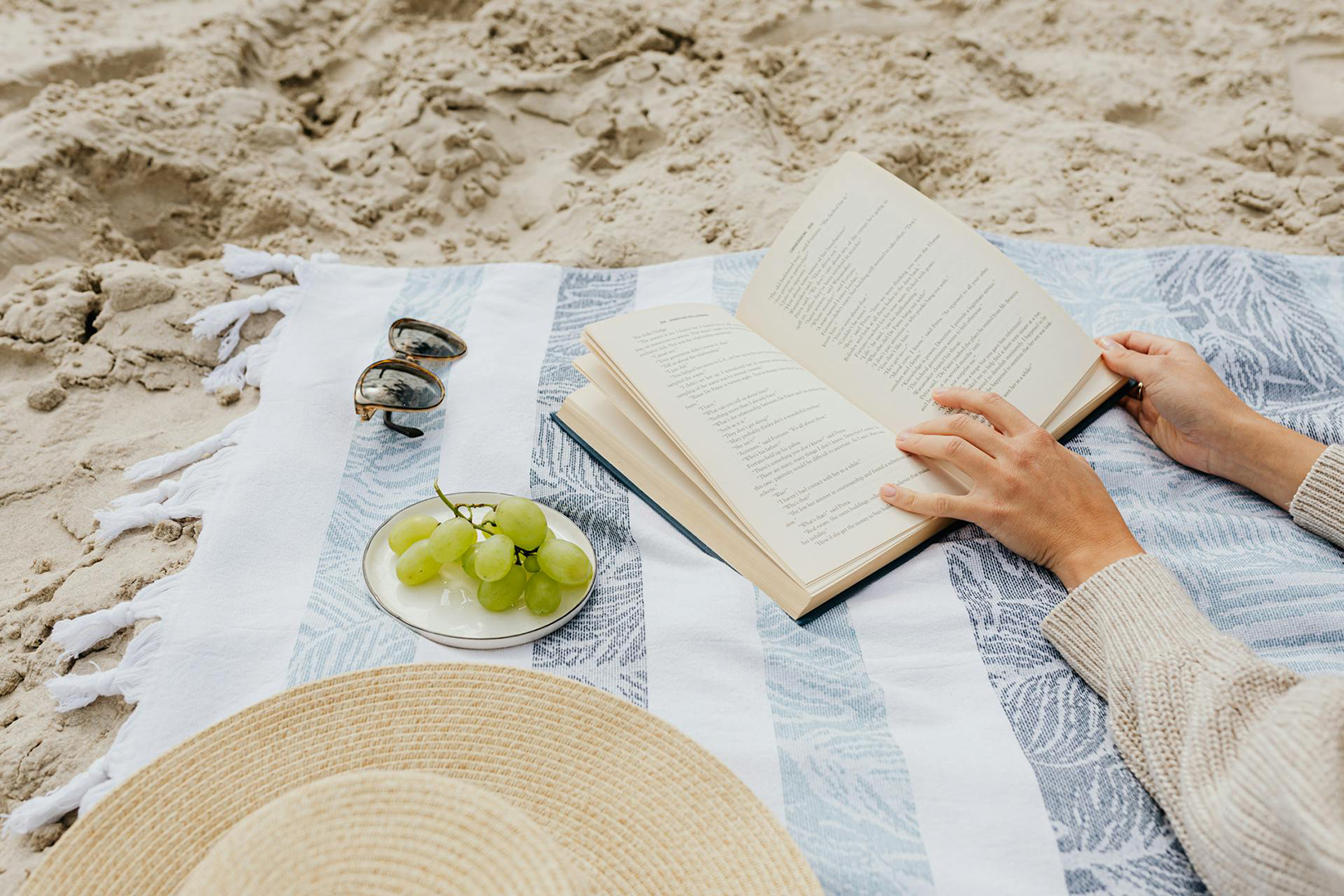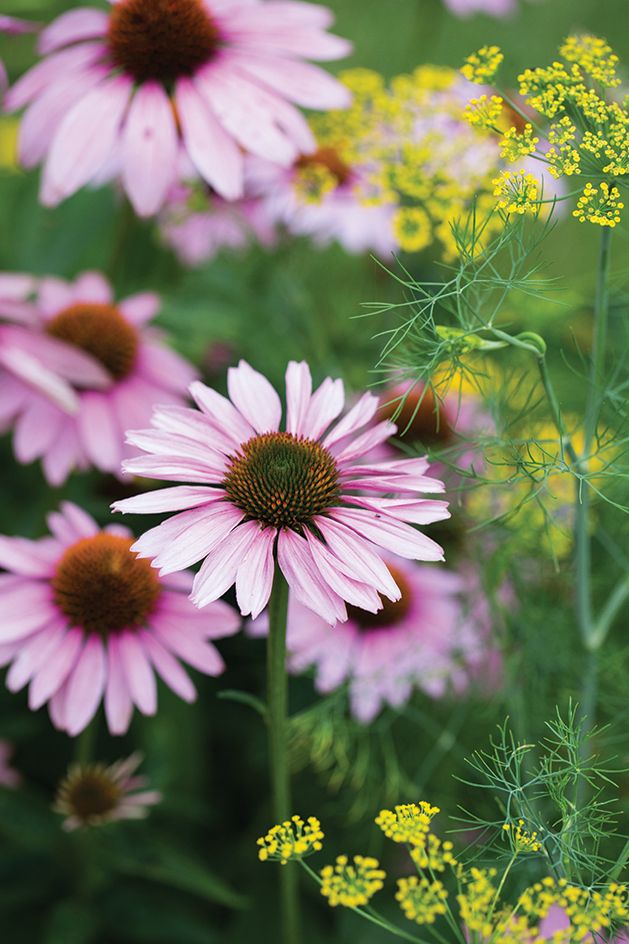
Photos: Rachel Nadeau; Michelle Ugurlu; Emily J. Davis
Early spring gardening tips from Master Gardener Michelle Ugurlu.
The trees are starting to bud, and warmer temps are on the horizon. Spring is here, and for those who sport a green thumb, the best time of year has begun.
Now is the time to start preparing for the upcoming gardening season. Regardless of what you grow, there are tasks to be completed. For master gardener and Plymouth resident Michelle Ugurlu, this is the time to start unpacking and assessing her garden. “I put leaves over my perennials in the winter,” Ugurlu says. “Now is the time to take those leaves off and clear out any weeds so there’s good air circulation and sunshine.”
Ugurlu will also use this time to clean all of her pots and gardening tools, making sure there is no old soil or plant materials that could interfere with this year’s plants. She recommends spraying everything down with a solution of 90 percent water mixed with 10 percent bleach.
For those who are anxious to start growing before it’s warm enough outside, it is possible to start certain plants inside with the right setup. Ugurlu says proper light is a must, whether it’s a plant light or a south-facing window. She recommends the plant light over the window as it guarantees plants can get enough light. Ugurlu also recommends annual flowers for starting inside but says just about anything can grow if it’s cared for properly.
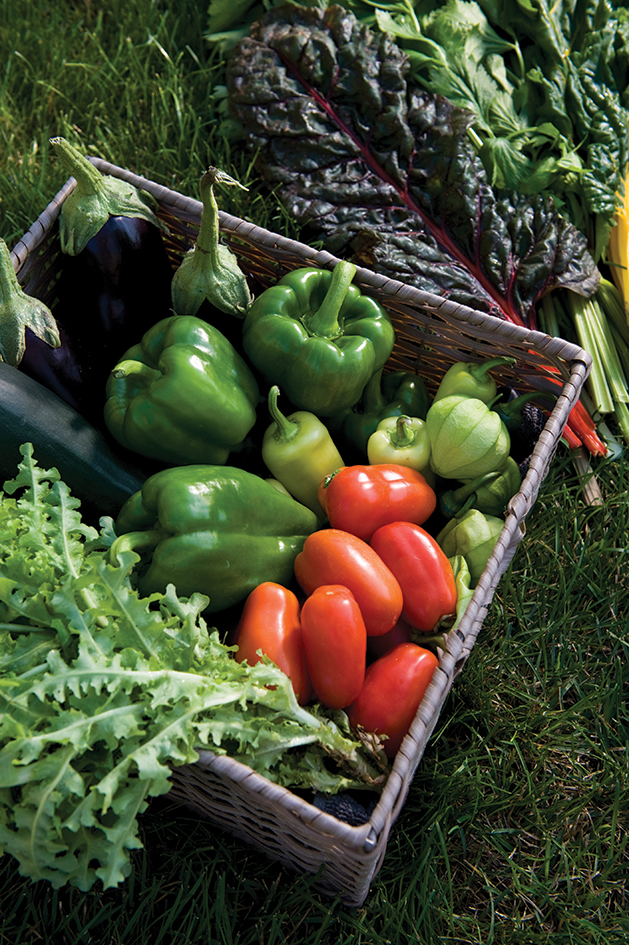
Plants started inside need to be conditioned to the outdoor climate before being planted in the ground. Bring them outside for periods of time, so they can get acclimated to real sunlight, wind and other outdoor elements. Remember to keep flowers inside when there’s a risk of frost and to make sure the ground is warm enough to handle the plant. “Ground temps should be somewhere around 70–80 degrees F,” Ugurlu says. “But always refer to the seed package for specific directions and tips.”
Because this is Minnesota, it’s almost a guarantee there will be a cold night or two late in the spring after plants have been put in the ground. Certain plants, such as green vegetables, can withstand cold temps and frosts, and annuals in pots tend to do better in the cold as well because the soil warms faster, but others will need some attention. The 45–50 degree F range becomes the danger zone for gardens. When this happens, Ugurlu recommends covering your plants. Garden centers sell a specific plant covering for that scenario, but she just uses bedsheets. “Make sure to take [the] coverings off right away in the morning, so the plants can get air,” Ugurlu says. “Covering is not ideal.”
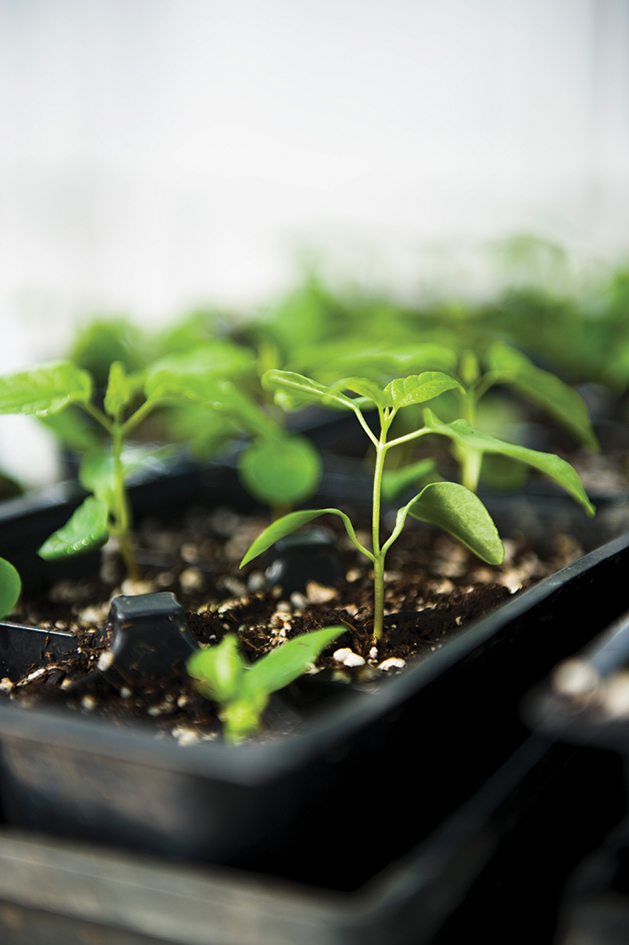
Ugurlu says one mistake she sees a lot of gardeners make early on in the season is trying to rush things and making decisions based off the time of year instead of the weather. Just because someone planted something last year and it did well doesn’t mean they can plant it at the exact same time this year and have the same results. She urges everyone to follow the directions that come with the seed or plant, and watch the temperatures and forecasts carefully for any danger zones. “If you’re going to plant flowers, always be prepared to cover them,” Ugurlu says.
Spring is a fun time of year for Ugurlu, who’s been gardening her entire life. She started when she was little with her grandfather and mother and has been at it ever since. “We moved around a lot, and I always kept gardening,” Ugurlu says. “When we moved to Plymouth, we really had a lot of space to go nuts.”
After getting settled into the Plymouth area, Ugurlu decided to apply for the Master Gardener Program and was accepted. The program, a University of Minnesota extension, is made up of people passionate about gardening. The Hennepin County program is the largest in the state with about 450 members. As part of the membership, master gardeners are required to put in volunteer hours at community and youth gardens or work different booths and answer questions at the Minnesota Landscape Arboretum. “I love having all of the resources the program has to offer at my fingertips,” Ugurlu says.
It’s never too late in life to start gardening. With a little research and some dirty work, a successful garden can be had by anyone. It’s important to know your goals when starting a garden. Is the goal to have something nice to look at or is it to have something to eat? With that in mind, the right plants can be chosen for the desired end result. “Figure out your goal,” Ugurlu says. “Then do some research on some of the easiest plants to grow.”
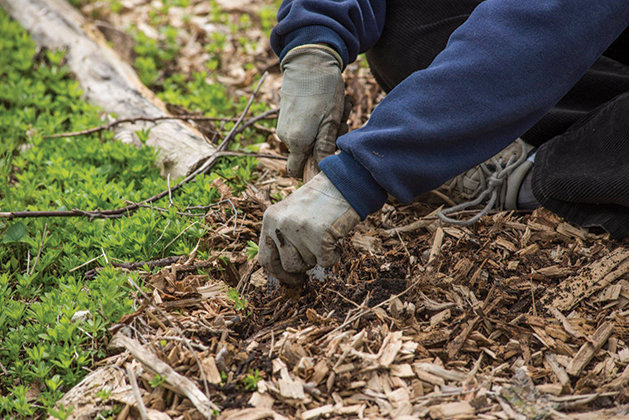
Regardless of someone’s experience level, there will be something new every year. Mother Nature never does the same thing two years in a row. Ugurlu says it’s helpful to keep records of what you try each year to help you better understand what does best in different conditions. Even with good records, things will still end up differently than planned, which can lead to some irritation. “Trust the process,” Ugurlu says. “It might be frustrating, but that’s how it goes.”
The frustrations can stress Ugurlu out, but she loves it. Going out and seeing the progress and growth makes the stress worth it. She says she’s not a very outdoorsy gal, but that all changes when she’s working with plants. “I don’t like bugs or being dirty at all, but I don’t mind it in the garden,” Ugurlu says. “I become a different person when I’m in the soil.”
Whether this is your first or 50th season, enjoy the sights and smell of fresh plants, and good luck in the garden this year!
Spring Plant Sale
The Master Gardeners are planning to hold its annual plant sale in early May at the Hopkins Pavilion. Ugurlu says this is a great opportunity to pick up plants for the upcoming gardening season. (Keep an eye on its Facebook page and events page on the website for more information on the sale.)

